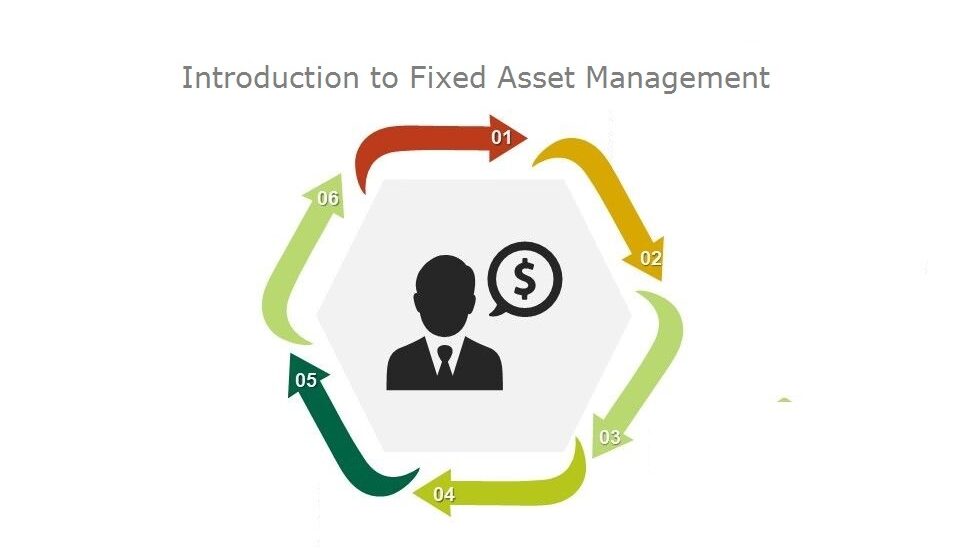Introduction to Fixed Asset Management
-
November 1, 2019
- Posted by: Admin
- Category: Fixed Asset Management
No Comments

- November 1, 2019
- Posted by: Admin
- Category: Fixed Asset Management

Asset Management is an accounting process that seeks to track all the fixed assets for the purpose of financial accounting.
Asset tracking software is used to track the information regarding financial accounting related to an asset or its physicals location.
Oracle Assets is one of the modules in EBS Financials Suite that used to record all asset information manually and to import all asset information from the payables / Project’s module etc using Mass Additions.
In the oracle system, there are two types of books we can define as per the company’s requirement.
- Corporate Book-Where all the assets data of corporate books depreciate and accounted as per the companies act.
- Tax Book – Tax book mostly used where the company required to create the financial as per the company’s act so with this book company can get the report of depreciation.
Basic functions of oracle Assets are:
- Recording of the asset through manually.
- A fixed asset is integrated with the payable module. All the transaction which has been booked in the payable module with asset clearing gl account will be created as an asset through mass addition.
- Depreciation calculation as per the dep calendar (Monthly or Daily).
- Generating the accounting entries with transfer to GL.
- Tax book depreciates the asset based on the block of asset percentage definition, but it’s generated the information for financials. Tax book accounting will not be posted to GL.
Steps and Setup of books
- Ledger setup
- Asset key flex field / Location flex field enable
- System controls
- Fiscal year
- Calendar, Prorate conventions
- Depreciation method
- Asset categories
- Creation of the book
- Attachment of categories with book and method also.
Purchasing to Asset
In the oracle fixed asset management system process has been defined to create the fixed asset directly through purchasing order.
As we know that prepare mass addition is integrated with the payable and purchasing module.
When the user will create the Purchase order for the capitalize item at that time in the purchase order charge account asset clearing account will be used than the PO will be posted once the invoice will create the asset clearing account will be Dr. and the same account will be pick by the prepare mass addition. And the same document will be available in the FA module on the prepare mass addition workbench from where we can post the same document and asset can be generated.
Payable to Asset creation
Prepare mass addition is already integrated with the payable module those invoices which will be created in the payable module directly with the GL code asset clearing will also be available for the creation of fixed asset.
So when the user will run the same prepare mass addition with the parameter of Date range those transactions will flow from the payable module to FA prepare mass addition workbench.
Prepare mass addition only pick the transaction based on GL date so the document which will be available in the date range will go to fixed asset.
Depreciation and Accounting periods
In the oracle fixed asset first period, we define the book control and then the next period will flow from as per the defined periods.
Depreciation program will be run when we will run the depreciation and all the assets which will be available in the posted status will be depreciated in the system and we can also check the depreciation value on the asset workbench but the complete accounting entries we need to check in general ledger
Importance of Fixed Asset Management?
Asset management is the process of maximizing the assets of the company to provide them the best returns. It helps in saving the company cost and time with the help of keep tracking the assets of the company.


